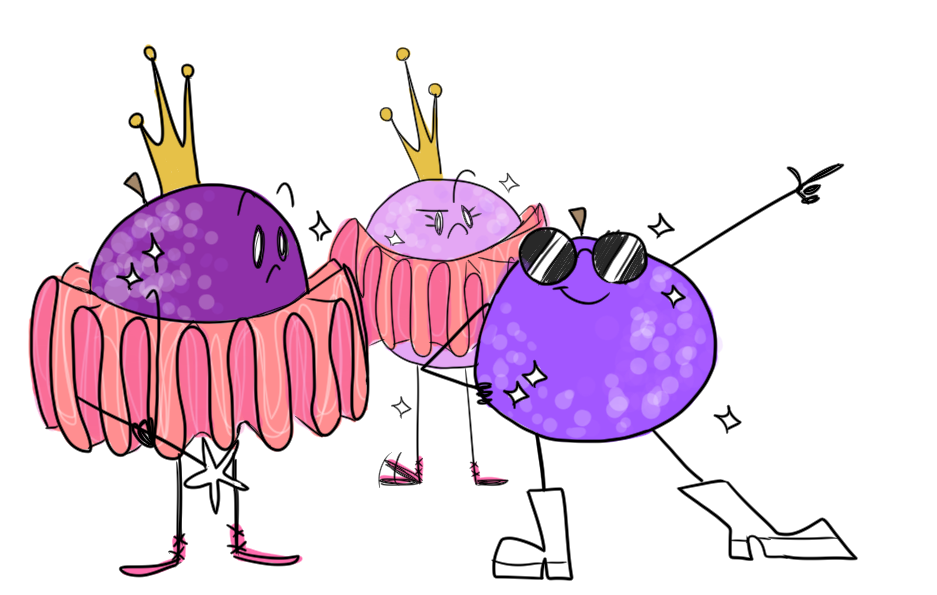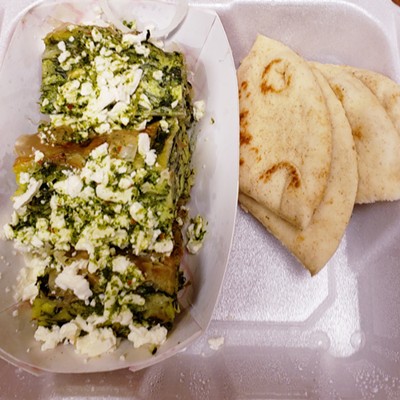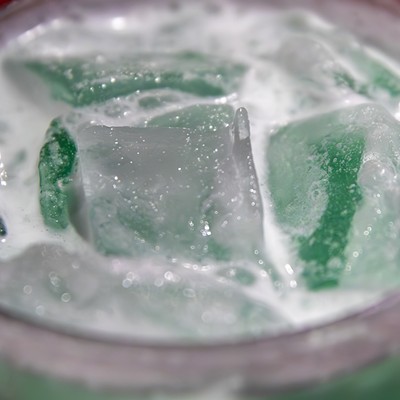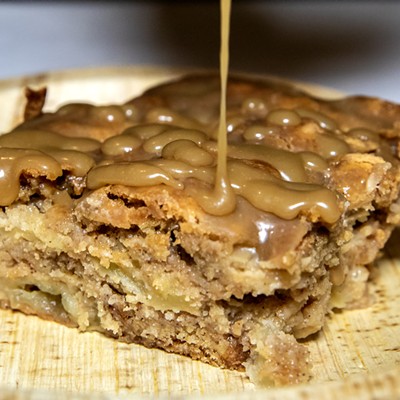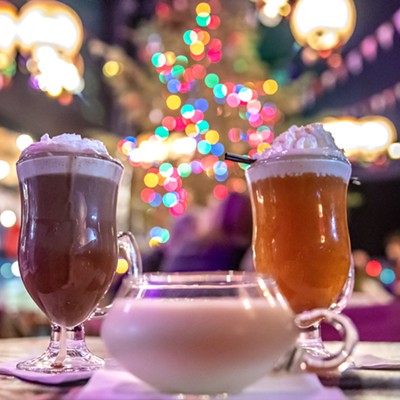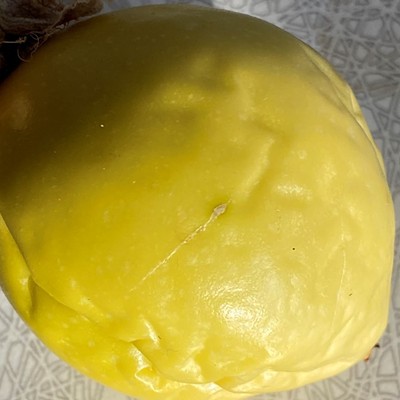Traditional Christmas songs and literature refer to mysterious foods we imagine but have never eaten — or maybe even seen — for ourselves. In this holiday series, Inland 360 explores a few of these foods to discover what they are and why we sing about them.
Sugar plums might appear in dreams and on stages during the Christmas season, but most of us have no idea what they look like.
Because, if you’re picturing a sugar-coated plum of any kind, you’re not picturing a “sugar plum.” Nor is it a plum-shaped gummy candy or a fruit-nut-spice ball rolled in sugar. Sugar plums have nothing to do with plums -- and never did.
Sugar plums are brought to our holiday vocabulary via “A Visit From St. Nicholas” (referred to commonly as “Twas the Night Before Christmas”), a poem by Clement Moore first published in 1823. They also have musical associations with Tchaikovsky's “Nutcracker Ballet” where the Sugar Plum Fairy rules the Land of Sweets.
A sugar plum was used in England from the 1600-1800s to describe a large comfit, according to National Geographic. Comfits are one of the oldest types of candies, created from coating an edible seed, nut, or piece of spice in thin layers of sugar. Think of a Jordan almond, thought to originate in ancient Rome, or its later descendant, the M&M.
Comfits can range in size. Those made with the tiny grains of celery seed ended up like nonpareils (round colorful sprinkles, commonly used to decorate cupcakes and cookies). Those with caraway, fennel and other seed-like spices in the center would be larger, and comfits made with cinnamon bark or almonds, larger still. The size would grow with the number of sugar coats (also called a “charge”), sometimes as many as 100 layers.
Theodore Garrett, in his “Encyclopaedia of Practical Cookery” from the 1890s, identifies sugar plums specifically as caraway comfits, though the term was eventually used to describe any small candied treat.
So, where do the plums come from? Well, in England “plum” has meant a lot of things over the years besides the fruit, according to the Oxford English Dictionary. So it’s better not to analyze it too much. And really, who are we to question British use of the English language anyway?
Comfits were made in a process known as panning that would take days to complete. Not many people could afford sugar, and even fewer could employ this kind of confectionary labor. In the 1600s comfits would’ve only been available to nobility -- who knows what holiday dreams average children had during this time -- but by the 1800s, they became more widely available.
Want to make your own sugar plums?
If you find yourself with nothing to do this holiday season, you can learn the art of comfit-making and produce sugar plums of your own.
Begin with a handful of caraway seeds -- around a tablespoon -- and a simple syrup made of ? cup water and 1 cup sugar, heated to between 170 degrees (for a smoother comfit that takes longer to make) to 225 (for a faster comfit that is more ragged).
Heat the seeds in a large frying pan over medium-low heat -- if you can’t stir the seeds with your hand, turn the heat down until you can. Then pour 1 teaspoon of the syrup over the seeds and stir them until the sugar dries to white. If the seeds stick together or if sugar pellets form in the pan, use less syrup. The seeds may look gray at first and then whiten with additional coats. Dry them longer over low heat if they remain gray.
Do this as many as 12 times. Let the comfits dry overnight and repeat daily until your sugar plums are the desired size. As the comfits grow, divide them into batches that fit easily in the pan. During the final coats, you can add coloring to the syrup to give your sugar plums a festive appearance.
Recipe derived from http://damealys.medievalcookery.com/Comfits.html .
Watch comfits being made the way they once were for English nobility at: https://www.futurelearn.com/courses/royal-food/0/steps/17060.

